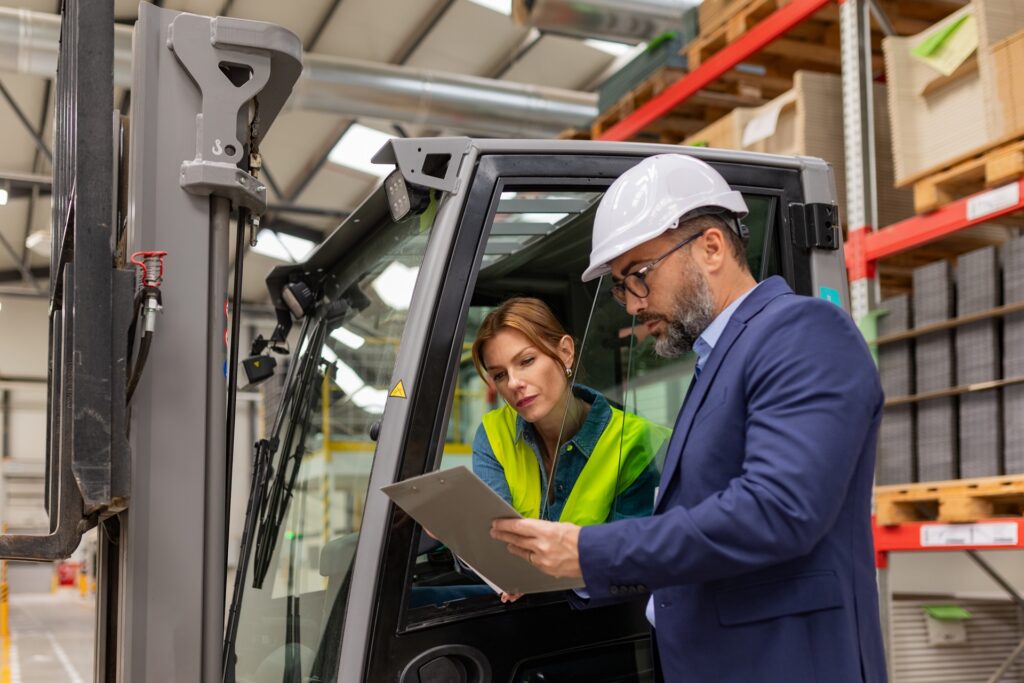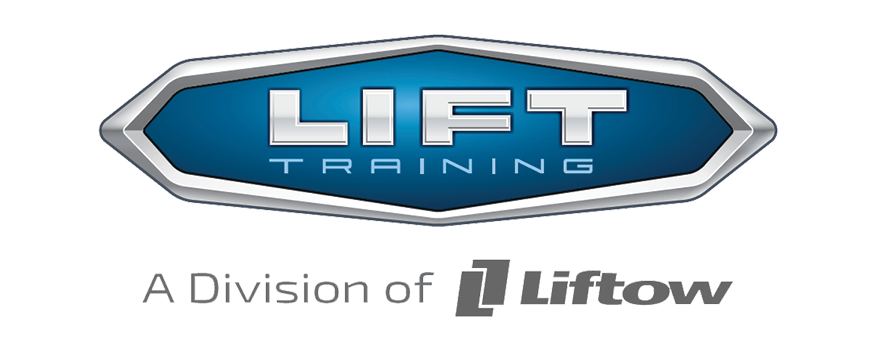
Forklift accidents can lead to severe injuries or even fatalities, making proper training an absolute necessity. In Canada, regulations demand that all forklift operators are adequately trained and certified. This certification process ensures that operators have the skills and knowledge needed to handle forklifts safely and effectively. Employers benefit as well, as certified operators are less likely to be involved in workplace accidents, reducing downtime and increasing productivity.
Navigating the certification process may seem daunting at first, but understanding the steps involved and the benefits of different training methods can make it much easier. Whether choosing between in-person or online training, or figuring out how to keep certifications up-to-date, having a clear guide can simplify the process and ensure ongoing compliance with safety regulations. This comprehensive guide will explore all these aspects, helping you become fully versed in forklift certification requirements and best practices.
Understanding Forklift Certification: Key Requirements
To legally operate a forklift in Canada, operators must acquire proper certification. The basic requirements for obtaining forklift certification include completing a recognised training program and passing both written and practical exams. The training program covers crucial topics such as equipment operation, safety protocols, and hazard awareness. These courses are designed to provide comprehensive education on forklift mechanics and safe handling practices.
Certification is a legal requirement because it ensures that forklift operators have the necessary skills and knowledge to perform their duties safely. For employees, having proper certification means better job security and the potential for career growth.
For employers, certified operators can significantly reduce the risk of workplace accidents. This helps avoid costly downtime and potential legal liabilities. Certification also reflects a company’s commitment to maintaining high safety standards, which can enhance its reputation and credibility.
Steps to Complete Forklift Training
Completing forklift training involves several essential steps. First, individuals need to enrol in a recognised training program. These programs are available through various training centres and often include both theoretical and practical components. During the theoretical portion, trainees learn about the various types of forklifts, safety procedures, and regulations.
Next, participants undergo practical training to gain hands-on experience in operating a forklift. This part of the training encompasses learning proper manoeuvring techniques, load handling, and maintenance procedures. After completing the training sessions, trainees must pass a written test to demonstrate their understanding of the theoretical concepts. They also need to pass a practical test, where they demonstrate their forklift operating skills under the observation of a certified trainer.
When choosing a training program, it’s important to consider factors such as the program’s accreditation, cost, and schedule flexibility. Look for programs that offer comprehensive training, including up-to-date material and experienced trainers. Additionally, consider whether the training format—be it in-person or online—fits your specific learning style and needs. Proper research and selection of the ideal training program can make the certification process smooth and effective.
Benefits of In-Person vs. Online Forklift Training
Choosing between in-person and online forklift training depends on the specific needs of your business and employees. Each option has its advantages and disadvantages.
In-person training provides hands-on experience that’s invaluable for understanding forklift operations in real-world scenarios. Trainees benefit from direct interaction with experienced instructors who can provide immediate feedback and answer questions on the spot. This face-to-face format can enhance learning and retention, particularly for complex manoeuvres and techniques. However, scheduling and logistical constraints can make in-person training less flexible and more time-consuming.
On the other hand, online training offers greater flexibility and convenience. Employees can complete modules at their own pace and at times that suit their schedules. This format can be particularly advantageous for businesses with diverse hours or remote locations.
While online training may lack hands-on practice, many programs incorporate interactive elements such as simulations and virtual reality to mimic real-life experiences. This method can be cost-effective and easily scalable to accommodate various team sizes.
When selecting the best training format, consider factors such as your workforce’s specific needs, learning preferences, and logistical constraints. Both in-person and online options have their unique benefits, and choosing the right one will depend on balancing these factors.
Maintaining and Renewing Forklift Certification
Maintaining and renewing forklift certification is crucial for ongoing compliance and workplace safety. Certification typically needs to be renewed every three years, although this can vary based on provincial regulations and company policies.
The renewal process generally involves a refresher course, which updates operators on the latest safety guidelines and operational techniques. Operators may need to pass a written test and a practical evaluation to demonstrate continued competence. This ensures that all operators remain proficient and up-to-date with any changes in regulations or best practices.
To stay compliant and maintain certification, keep detailed records of all training and certification activities. Digital records can streamline this process, making it easier to track renewal dates and compliance requirements. Regularly review these records to ensure timely renewals and address any gaps in training.
Staying updated with regulatory changes is essential. Subscribe to industry newsletters or participate in professional associations to receive the latest information on safety standards and certification requirements. This proactive approach helps in maintaining a safe and compliant work environment.
Everything You Need to Know About Forklift Certification Training
Understanding and obtaining forklift certification is essential for both safety and compliance in the workplace. By following the steps outlined to complete training and selecting the appropriate format, businesses can ensure their operators are well-versed and competent. Regular maintenance and renewal of certification keep operators updated on best practices and regulatory changes, contributing to a safer work environment.
Now that we’ve demystified forklift certification, it’s clear that the process, while comprehensive, is achievable and beneficial for any business. Keeping safety at the forefront helps protect your employees and enhances overall productivity.
For more information on comprehensive forklift training programs in Ontario, visit us at LIFT Training. Ensuring your team is certified and compliant has never been easier. Contact us today to learn more about how we can support your training needs.
